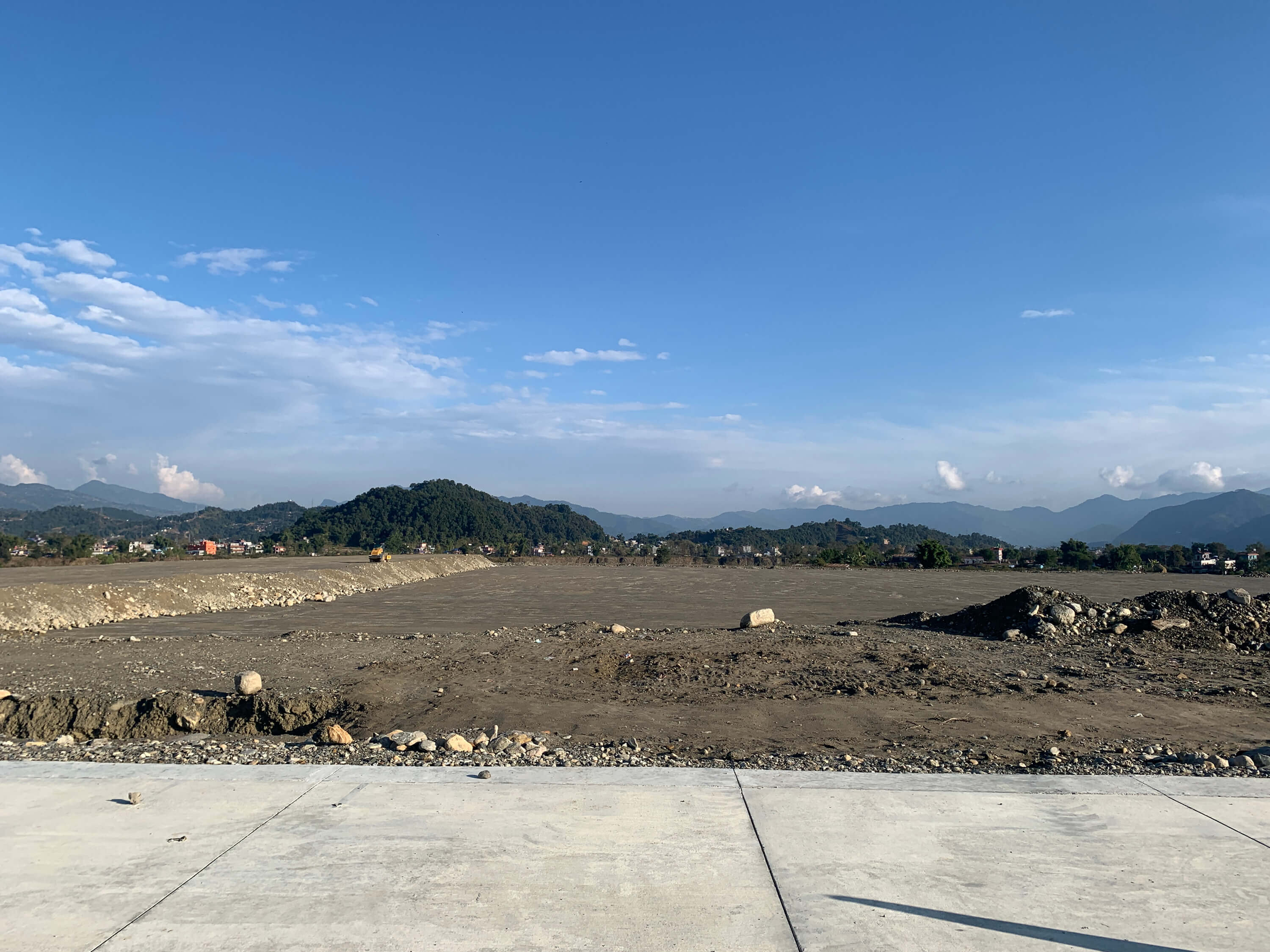Pokhara: Nepal’s new aviation gateway
After decades of delays, Pokhara’s new airport will allow international passengers to bypass KathmanduBack in the 1950s, the people of Pokhara saw an aircraft before they saw cars. In fact, the first tyres they saw were on the undercarriage of the first DC-3 that landed on a flight from Kathmandu.
Ever since, Kathmandu’s top tourist town has dreamt of an international airport that will connect Pokhara directly to cities in the region without having to fly to Kathmandu first. The existing airport has a north-south runway with mountains directly on approach, and was not appropriate for bigger jets.
Fifty years after it was first proposed, the dream is finally come true. Pokhara’s new airport and Nepal’s third international aerial gateway, is on track to begin operations by December 2020.
Delayed by decades of turf battles, the lack of political will, bureaucratic hurdles, local opposition and corruption in high places, construction of the $216 million facility that can handle 800,000 passengers a year is currently getting finishing touches.

The sweeping steel roof is now taking shape amidst the dramatic backdrop of the snow-capped Annapurnas, in its green scaffold net the control tower soars above the surrounding terrain, and the concrete runway is now even visible on Google Earth.
“This facility is going to be much more modern than Kathmandu airport, it will have state of the art navigation aids, and it will be a hub for tourism and domestic traffic of Central Nepal,” says Binesh Munakarmi, manager of the airport project.
The airport is financed with a loan from the Export-Import Bank of China and the Chinese contractor Sinomach started construction in 2016, and made up for lost time by speeding up completion by next year.


The airport was first mooted in 1970, when a Japanese company showed interest in expanding the existing airport by re-aligning the runway east-west so that it could take larger jets. After pressure from Pokhara’s business community, the government finally acquired 155 hectares in Lekhnath muncipality. The government made a call for proposals, Korean companies bid, but negotiations with the government failed.
Finally in 2009, after Pushpa Kamal Dahal became prime minister he gave the go-ahead, and got the Chinese bank interested in a financing deal that also included the Upper Trisuli hydropower project. However, the deal was mired in controversy over its high cost – it is twice the cost of a similar airport in Bhairawa that will be completed in July 2020 – and allegations of kickbacks shared by top Nepali politicians.
When it goes into operation, Pokhara’s airport will have a 2,500m runway with parallel taxiway that can accommodate medium range jets like Airbus 320s and Boeing 737s and connect Pokhara directly to cities in China, India, Singapore, Malaysia and the Gulf.



The airport terminal building will have two air bridges, apron for three jets, four ATR-72 size turboprops and four smaller STOL aircraft. Experts say the apron capacity seems small for an airport with a price tag of $26million, and designed to be an alternative to take the pressure off Kathmandu.
Surrounding terrain, especially to the west does not allow for larger jets like the Airbus330 or Boeing 777 to operate here, which means Pokhara can only serve as an airport for regional and domestic flights.
Munakarmi notes that there is room for expansion, and there is land west of the apron for later expansion if traffic picks up. He is confident the Chinese contractor will finish the project by December 2020 if there is no local opposition to reducing the height of high terrain on the east, and acquiring extra land for instrument landing equipment.

Credit for expediting the airport goes to the member of the Constituent Assembly from Kaski and later Tourism Minister Rabindra Adhikari, who was killed in a helicopter crash during a blizzard in Pathibhara in April. His wife won the by election and has replaced him in parliament, and there is a proposal to name the airport in memory of Rabindra Adhikari.
The hope now is that Pokhara and Bhairawa can now serve as alternative gateways for tourist and pilgrim traffic from the region, make it possible for Nepali migrant workers to bypass Kathmandu, and also allow domestic flights directly to other cities besides Kathmandu like Biratnagar, Nepalganj or Bhadrapur. It can also serve as an alternative for flights that have to divert from Kathmandu due to poor visibility.
writer
Kunda Dixit is the former editor and publisher of Nepali Times. He is the author of 'Dateline Earth: Journalism As If the Planet Mattered' and 'A People War' trilogy of the Nepal conflict. He has a Masters in Journalism from Columbia University and is Visiting Faculty at New York University (Abu Dhabi Campus).




